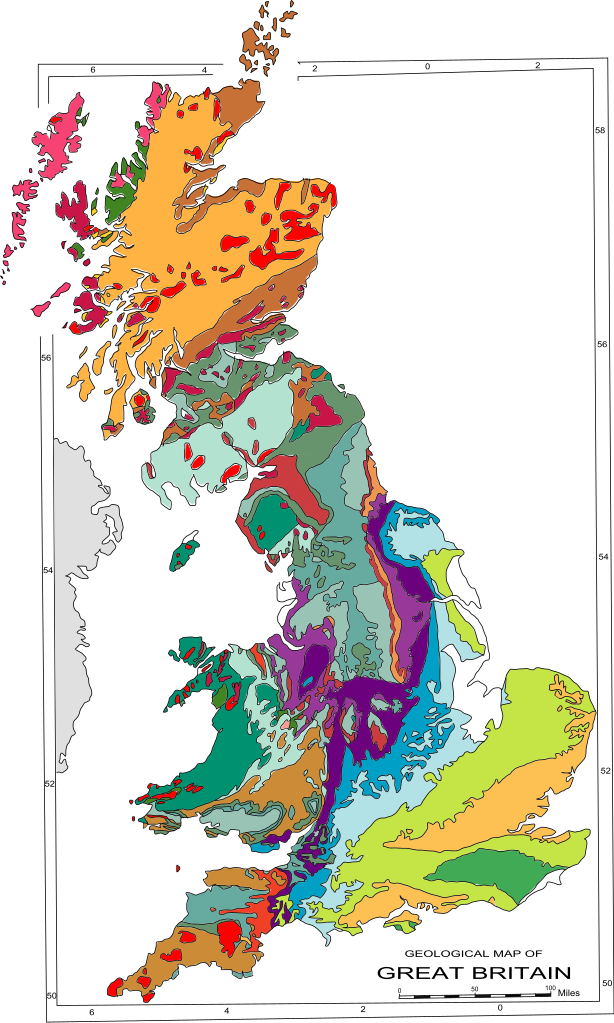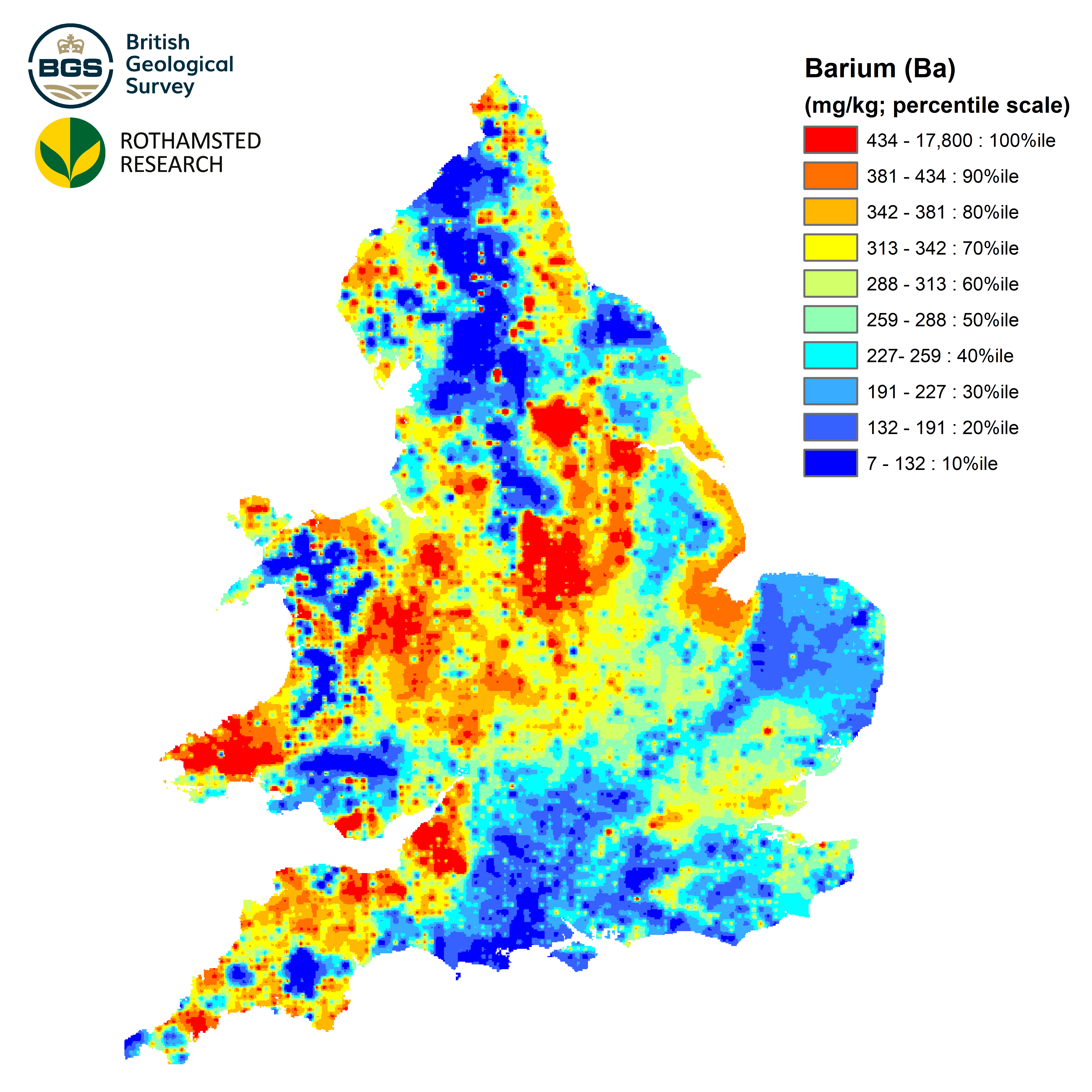I was asked about the significance of the mineral, especially barium, levels found in the Altar Stone samples as revealed in the recent Bevins et al paper. It is simple, they are the fingerprints that will reveal possible sources for the stone, and also rule out other possible sources. Match the level and the rock type, Devonian Old Red Sandstone, and there is a possible source.
The paper and the two interactive websites, unfortunately I haven't found one for Scotland and the Orkney:
Static maps.
Map from https://www.ukso.org/static-maps/advanced-soil-geochemical-atlas-of-england-and-wales.html delivered under the terms of the Open Government Licence, subject to the following acknowledgement accompanying the reproduced BGS materials: "Contains British Geological Survey materials © UKRI2023".

Geological Map of Great Britain
KEY:white = Quaternary (alluvium);
beige = Palaeogene rocks;
lime green = Cretaceous;
blue/green = Lower Cretaceous;
light blue = middle/upper Jurassic;
mid blue = lower Jurassic;
dark purple = upper Triassic;
light purple = lower Triassic;
light orange = upper Permian;
brick orange = lower Permian;
light blue = upper Carboniferous (Coal Measures);
mid blue = middle Carboniferous;
muddy blue = lower Carboniferous (limestone);
dull orange & brown = Devonian;
light blue = Silurian;
slate blue = Ordovician;
dark slate blue = Cambrian;
mid orange = Neoproterozoic (Dalradian);
dark green = Neoproterozoic (Torridonian);
pink = Lewisian;
bright red =granitee;
dull red = Palaeogene volcanics

No comments:
Post a Comment
Comments welcome on fresh posts - you just need a Google account to do so.